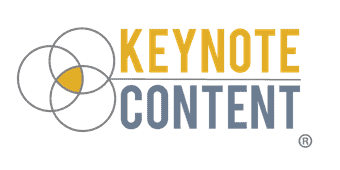- If you have an outreach plan, a sample video, a solid talk title with takeaways, and a great headshot, you’re ahead of most speakers.
- Imposter Syndrome happens from lack of familiarity with your content, context, or freedom to present.
- The best speakers at live events are often not on the main stage.
- You don’t need multiple talks. Start with one great talk, and then, go from there.
- Don’t waste your time creating a ‘sizzle reel’ or highlight video. Invest your time in a great five-minute sample.
- Your speaking fee may be the least profitable part of your speaking business.
- You don’t need a book to be a successful speaker.
How do you grow your speaking business?
How can you be a better public speaker? How do you get paid more as a speaker? How do you get paid in the first place as a speaker? Can I really expect to get paid the same speaking fee if I’m doing my presentation remotely?
These are all questions I’ve been asked by aspiring public speakers of every experience level over the past few years. I’ve personally worked with almost 900 speakers one-on-one – everything from financial advisors to business coaches (sooo many coaches), Fortune 500 executives, startup founders, politicians, nonprofit leaders, pastors, authors, podcast hosts, magicians, hypnotists, professional con artists (the legal kind), and everything in between.
There’s a reason why you’re reading this: you’re a speaker – whatever level that may be, and you want to grow your speaking business. I want to share the top seven takeaways I realized while working with that many speakers. These will help you land better speaking opportunities, charge more as a speaker, grow your business beyond the talk, and most importantly in many cases, get out of your own way.
Let’s dive in…
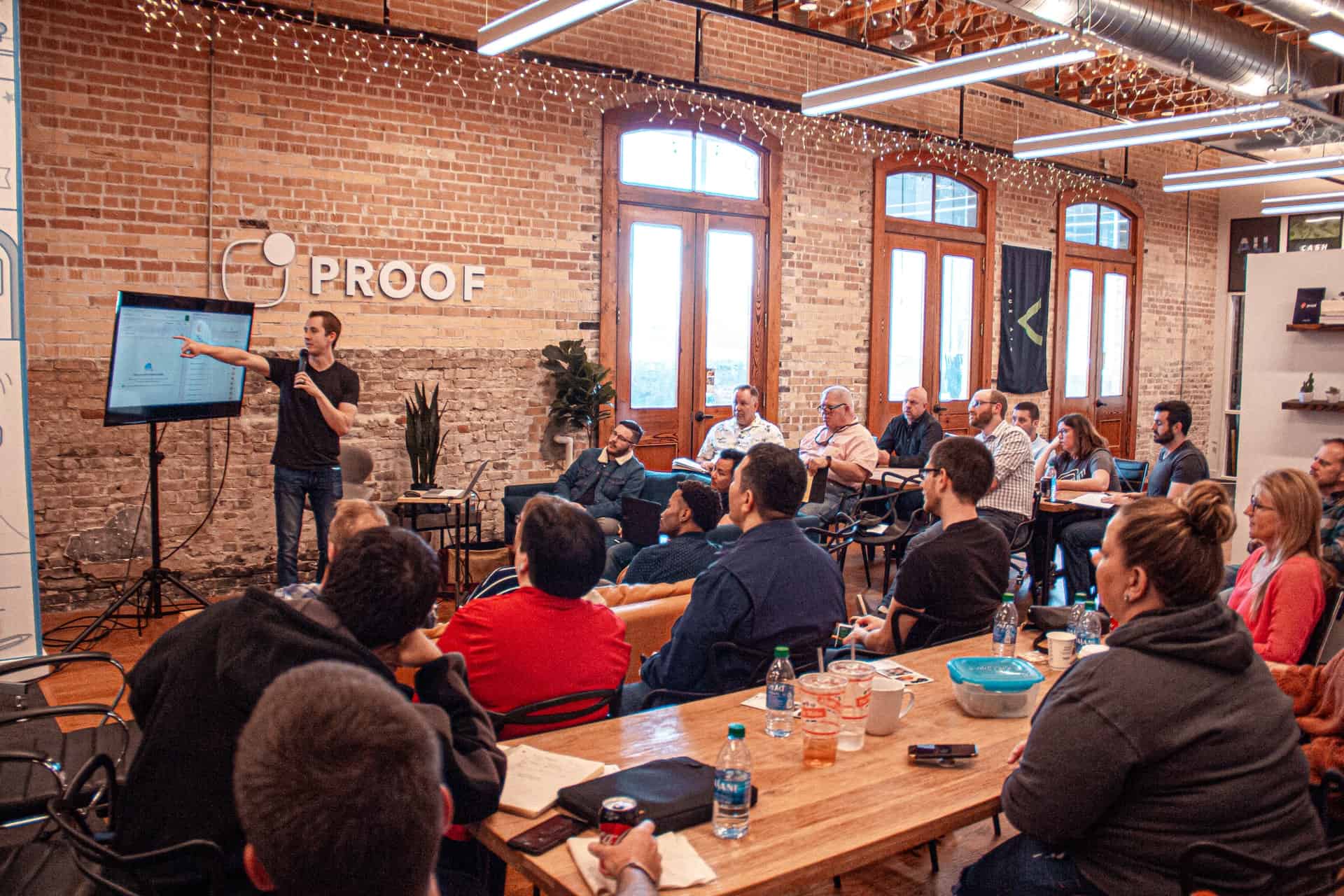
1. Even the Most Popular Speakers Have No Clue How to Grow Their Speaking Business.
You’d be amazed how many incredible, well-known speakers are in the same place you may be when it comes to growing your speaking business. Many of my clients are names would know in an instant, including multiple Hall of Fame professional athletes and coaches, former professional boxers, wrestlers, and MMA fighters, New York Times bestselling authors, NASDAQ opening bell-ringers, the list goes on and on – I’m very blessed, but enough about me.
Guess what percentage of those 900 public speakers actually have their ‘ish’ together when it comes to growing their business? Conservatively, less than 20%. Most of these speakers have one talk they’ve given before – usually in a local or maybe state-wide setting… and it’s usually half-developed around a good story. The conclusions were all over the place, the takeaways were inconsistent, and the content was still a diamond in the rough. All in all, most had a great story with an “I can coach you how to have the same success” as their pitch that was kind of stapled at the end of their talk.
Before working with me, most of the speakers didn’t have an updated speaker bio. They didn’t have a speaker highlight reel or sample video. Most of them didn’t even have a professional headshot that was taken in the past two years!
And these are some of the most successful speakers in their industry, many of them earning five-figure-plus payouts per talk! So, if you’re thinking, “I’ll never succeed as a speaker. I don’t have my stuff together!” be encouraged because you absolutely have what it takes to succeed with a little more focus and work.
For starters, get a great headshot done by a professional headshot photographer. Not just any photographer, not even just any professional photographer. I highly recommend using a professional photographer who specializes in headshots. It may cost more than you may like, but the payoff is so worth the investment.

2. Imposter Syndrome Knows No Income Limits or Track Record of Success.
I remember standing offstage with a New York Times bestselling author who I worked with to craft his new talk. He leaned over and confided in me mere minutes before the emcee introduced him, “Jon, this is the talk I’ve wanted to give for years, but I never even wrote it down until we started work together. Really, I didn’t think anybody would listen to me until I proved I was the right expert in their eyes.” That’s when I realized that Imposter Syndrome knows no income limits or track records of success.
By far, the biggest saboteur of public speakers is their own Imposter Syndrome. Event planners want you to be great. Audiences want to give you their attention if they believe you’re interesting or at least an expert in your industry. But speakers who cannot get out of their own way mentally must confront their own disbelief – or give up the dream of speaking. Unless you believe you are fully capable, to whatever extent you need to believe to get on that stage, you will never succeed as a speaker.
There are three driving factors I see over and over again that feed a speaker’s feeling of Imposter Syndrome.
Lack of Familiarity with the Content
if it’s a newer talk or topic, many speakers struggle with believing they’re capable of delivering a great talk because of the lie, “There’s probably somebody in the audience who’s more of an expert at this topic than I am…” The newer the content, the more crucial the lead-up to your talk because preparation fuels confidence.
Run your talk at least 20 times before you speak and I guarantee, you will be one of the most polished (read: prepared) speakers at that event. The more familiar you are with your content, the greater chance you have of squashing Imposter Syndrome for good.
Lack of Familiarity with the Context
The context may be a different industry that you’re presenting in front of or a higher level of audience (i.e., instead of a room full of mid-level managers you’re now presenting in front of a group of CEOs). The context could also be the size of the audience, “I’ve never presented in front of a thousand people before, only a few hundred!” or the venue, “This is the largest venue I’ve ever presented at in my life!”
That’s when Imposter Syndrome is the most dangerous: right before your moment of impact, as Todd Herman often refers to in his book The Alter Ego Effect. Amazing book, top-five books I’ve ever read. You need to take mental ownership of your expertise before you ever step into any venue.
It’s the belief that you are the best in the world at giving the exact talk that people are wanting you to give at that moment. No one else has put in the time, effort, and focus to present your talk. Your audience isn’t there to hear another expert give your talk – they’re there to hear you give your talk.
Lack of Familiarity with the Freedom to Present
I’ve seen this type of Imposter Syndrome most often in newer speakers who are unknown experts in their fields. They have a track record of success behind closed doors or off-stage, as it were, but when they have the opportunity to present, the biggest question in their mind is, “Why me?”
These are incredibly talented, brilliant experts who the world needs to hear, but the freedom to share their expertise on a stage is new to them. Maybe their employer has never given them the freedom to present before now. Maybe they’re a newer entrepreneur and being their own boss is still so new to them that they’re naturally second-guessing their every move.
Whatever the reason may be, newer speakers need great at-bats in low-risk situations to build up a defense against Imposter Syndrome. Start with an invite-only webinar for a group of 10 or so close friends, clients, or colleagues. Record your talk, watch your ‘game film’ (another overlooked tactic that can help so many public speakers!), make changes before your next opportunity – lather, rinse, repeat.
Each time you present you prove to yourself, “I can do this. I have what it takes to catch and hold an audience’s attention. I’m building my credibility as a now-known expert in my field. I’m no longer anonymous – and my expertise may be the greatest gift I can give the world!”

3. The Best Speakers Are Often the Least Recognizable.
Event planners want the headliners – the John Maxwells, the Marie Forleos, the Seth Godins of their industry – many of whom are extraordinary presenters. But more often than not, I’ve been less impressed with the content quality and presentation skills of headliners. Over a dozen different meeting planners have told me they sometimes dread getting headliners to speak because the audience is initially wowed by the name, but the impact falls short compared to other lesser-known speakers… and the conference organizer is still stuck with the headliner’s above-average speaking fee.
Who are some of the best speakers? The random breakout session speakers who ‘wow’ their audience: amazing content, mesmerizing presentation skills, memorable takeaways, the whole picture. If I’m at a conference with multiple breakout tracks, I try to find the most obscure presentation room – the one at the end of the forgotten hallway with no AC at 4:00 on Friday afternoon. That’s where you can find the hidden gems of speakers. They know they’re not the most famous speaker at the event, but these forgotten ones sometimes give the best presentation of the entire event, including the main stage.
Guess who’s also in that room at the end of the hallway? An event planner, maybe the same event planner who booked the speakers for this year’s event. They’re talent-scouting for next year’s event – and I’ve seen speakers go from the forgotten room to the main stage the very next year. That doesn’t happen by accident – it happens by preparing your content as if you have the main stage responsibility.
If you want to work with me to grow your speaking business, take the first step here.
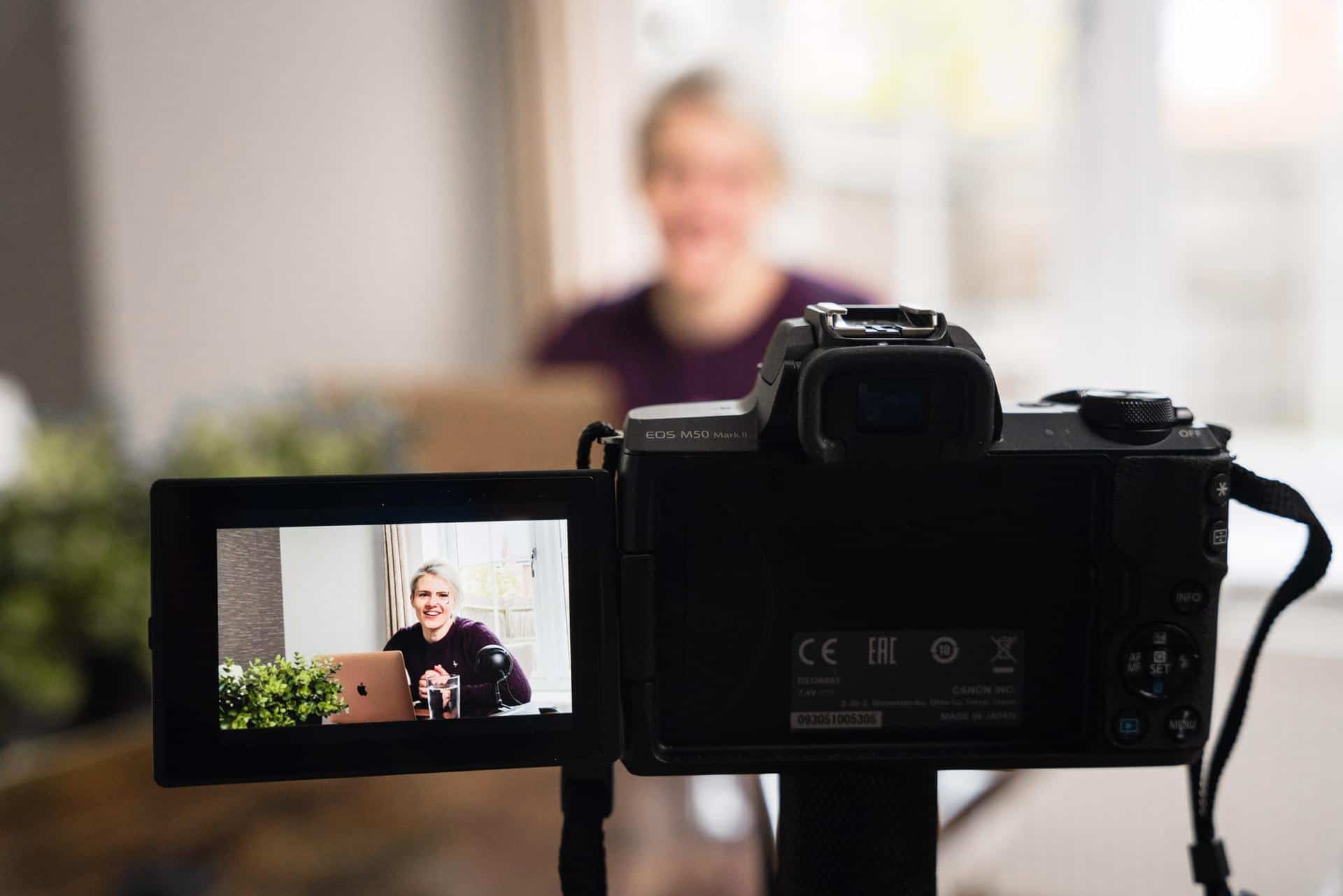
4. You Don’t Need Multiple Talks, but If You Do Have Multiple Talks, Give Them Each Unique Roles.
This is one of the biggest traps I see speakers fall into over and over again. Focus on one talk – and make it remarkable. Well over half of the speakers I’ve worked with believe they need to create a new talk for every event. You don’t have to do that as a speaker.
Build a great talk, craft the base content to near-perfection, and then, as needed, add slight variations on the content (usually intro and set up for the conclusion) based on:
- Your event audience’s base demographic (age range, income levels, education levels, industry interest, etc.)
- Your space in the speaker lineup for an event – if you’re following a more recognized speaker, grab a key point in their talk and embed a follow-up to that point in your talk.
- Geolocation of the event
- What’s trending that’s relevant to your audience, industry, or topic, and other details
This approach helps ‘personalize’ the same talk for your immediate audience. If you’re not sure what your first talk should be about, I highly recommend starting with your Manifesto Talk. This is your ‘why I do what I do and why it matters to you’ talk.
Most speakers need to have no more than three talks in their repertoire:
- Your Manifesto Talk – again, this focuses on why you do what you do, why it matters, and what you hope to change in the world because of your work.
- Your Method Talk – this is your ‘Secret Sauce’ talk: how you do what you do, every step of your proprietary process, your reasoning for using this process, and the results you’ve seen it create for people like those in your audience.
- Your Trending Today Talk – what’s new, exciting, challenging, or damning in today’s world that’s relevant to your audience? That’s your Trending Today talk. It’s meant to have a short shelf life, but it may be the most interesting to event planners who want to stay more relevant to what’s happening in their industry today.
If you’re just starting as a speaker, build your Manifesto Talk. If you’re more established and looking to show more differentiation in your industry, add your Method Talk to your toolkit. If you’re fully established, growing in popularity, and ready to take your speaking business to the next level, build your Trending Today Talk.
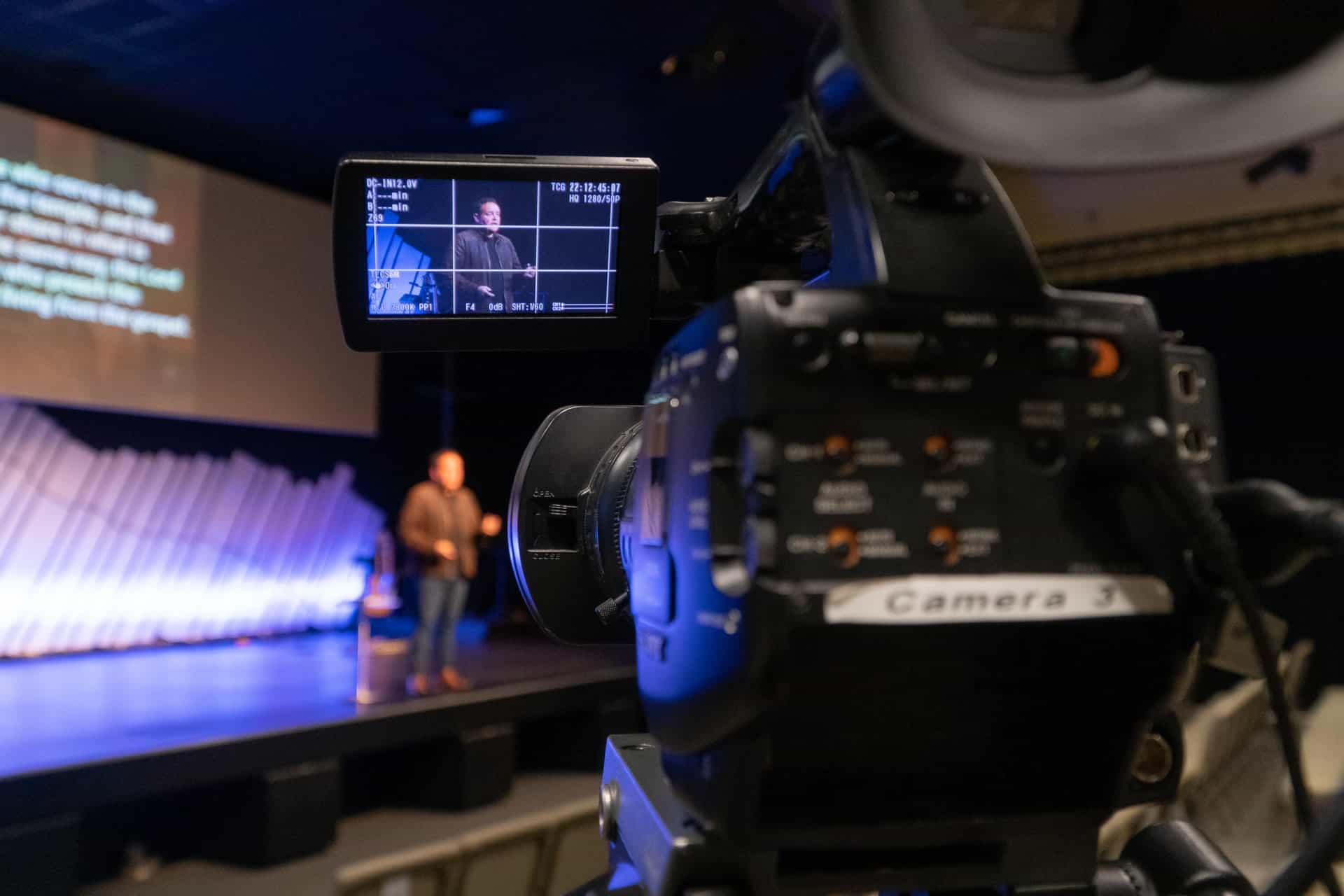
5. Great Event Planners Really Don’t Care for ‘Sizzle Reels’ or Highlight Tapes.
Quick timeout: can we get rid of the term “sizzle reel”? It sounds like a term that should immediately get HR’s attention – and not in a good way. But seriously, let’s stop using the term “sizzle reel”.
Whatever you call it – highlight video is my preferred term for it – great event planners (i.e., conference organizers) don’t want to watch highlight videos. Guess what a highlight video is? Ten to 15-second sound bites of your greatest hits, usually from a handful of events, without any context. It’s tweetable, but there’s no guarantee it’s memorable. Event planners don’t want to see a bunch of people thumbing away on Twitter during your talk – they want to see nodding heads, leaning forward, raised hands, and then, standing ovations at the end.
What’s a better alternative to your speaker highlight video? A contextualized sample of your talk, preferably from an actual live event where it shows you and the audience, at least the backs of their heads. Aim for a five-minute clip that shows enough context for the event planner to experience three key details:
- How well you move on stage – are you a statue or a mover? Are you intentional or simply pacing the stage?
- How compelling your content is – are they hooked from the moment they hit play?
- How your audience is engaging with you as a speaker – if it’s interactive, does your audience give full participation? If it’s more of a lecture or monologue, how does your content grab and hold your audience’s body language?
Your sample video doesn’t have to have a high production cost. With a little bit of work, a good video editor can add an intro, outro, and a branded overlay to your sample video (your logo, color palette, web address, etc.) to make it look good. Your job is to focus on the content – let a video editor add the production polish later.
Want to grow your speaking business? See if we’re a great fit by answering a few questions here.
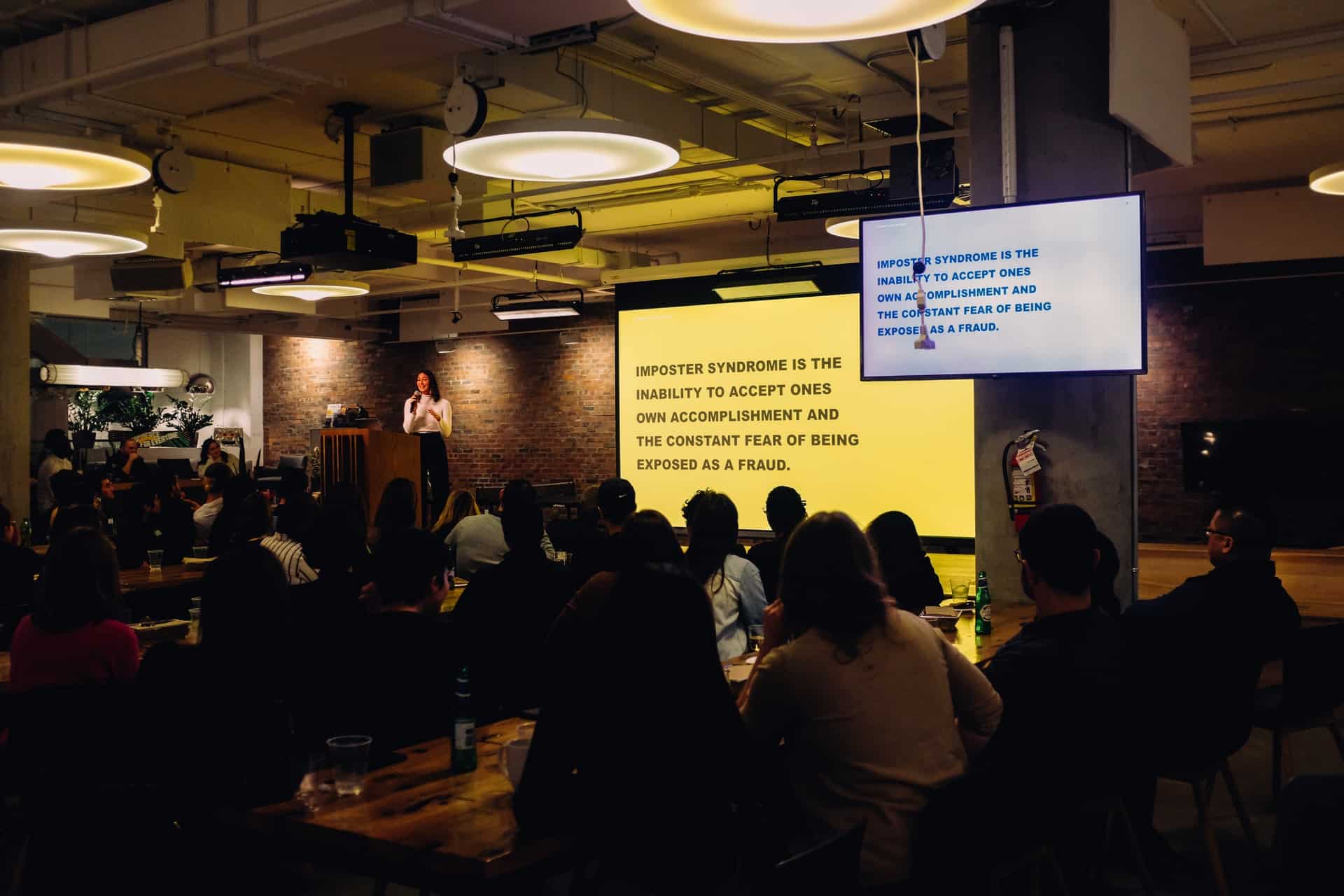
6. Most Speakers Are Leaving a LOT of Money on the Table.
“Jon, I’m tired of making just $15,000 every time I speak!” That’s an actual quote from one of my clients. I know, that number sounds absurd for the average speaker to receive, but that is a fraction of what you can make if you leverage the value of your speaking opportunity beyond your talk time.
Where I see speakers leave money on the table is in their call-to-action or offer. It’s treated like an add-on to their content instead of being embedded in their content. Last week I heard a speaker finish their talk with “Thank you,” and then, went right into their sales pitch. (Side note: you don’t have to thank your audience at the end. Just stop talking after a compelling point. They’ll know you’re done.)
Your speaking fee is a bargaining chip. Let’s say your speaking fee is $1,500 (quite low in the professional speaking space, but stick with me for the sake of the example) – and you tell a conference that’s your speaking fee. They say their budget is only $1,000 and sorry, but they can’t afford you. That’s not a “No!” – that’s an open door! Tell them you can make them a deal: you’ll speak for $1,000, but they’ll need to let you make an offer as part of your talk time.
If you have a 90-day coaching program for $5,000, you can make that offer to their audience as part of your talk. Instead of $5,000, you can offer it at the event-only price of $4,000, add a few high-value bonuses (real bonuses, not dumb PDF cheat sheets that took you 15 minutes to scramble together), and the audience is ecstatic that they’re already saving $1,000.
What the audience doesn’t know is that you have a revenue-split agreed with for the event planner. The conference organizer’s company gets 40% of all sales you make on stage. If you sell 10 spots in your coaching program at $4,000, that’s $40,000 in total sales, $16,000 of which goes straight to the conference company, but you still made $24,000 plus your $1,000. You made $25,000 instead of walking away because you didn’t get your normal $1,500 speaking fee.
Even better, you now have a new set of pre-qualified new clients who have a LTV (lifetime value) that’s just starting to mature. What are other ways you can serve them after the 90-day coaching program? VIP Coaching? Live workshops? Done-for-you services or consulting? The possibilities are endless – and every sale you make beyond that initial coaching program adds more and more value on that one speaking opportunity. It’s a great win-win for you and the conference organizer – and a more profitable approach to your speaking business.

7. You Don’t Need to Publish a Book to Build a Successful Speaking Business.
Many speakers believe the lie that only published authors have any chance of becoming successful speakers. Some of the greatest speakers I’ve ever had the honor of serving still aren’t published authors. They’re not columnists, contributors, or even bloggers.
So, how did they get to be successful speakers? By getting their message out into the world through other mediums: podcasts, YouTube, social media, networking, speaking at smaller events around their area, being on a panel, answering interview questions for research studies, any and every way you can think of getting their message in front of the right audience.
It’s not about publishing a book – it’s about sharing your message in the way that works for you. If it’s video, start producing videos every week, if not multiple times a week. If it’s audio, launch your podcast, get guests on your show, and be a great guest on other relevant shows. If it’s social media, be amazing at how you show up for your followers – and give, give, give your best!
How I Can Help You Build Your Speaking Business
You’ve already seen my company’s name Keynote Content. My team and I work with speakers to help craft and share your message to change the world for good. Your message matters, but it will stop mattering if you never share it. Your greatest responsibility may be sharing the message burning inside your bones that’s aching to get out into the world.
I know the exact steps for getting your name known to event planners and the who’s who of your industry. It’s not rocket science – it’s keynote science – and it’s easier than ever to build a successful speaking business today.
If you’re ready to see what’s possible, take the first step here.
